Numerous short RNA sequences that code for microproteins and peptides have been identified, providing new opportunities for the study of diseases and the development of drugs…
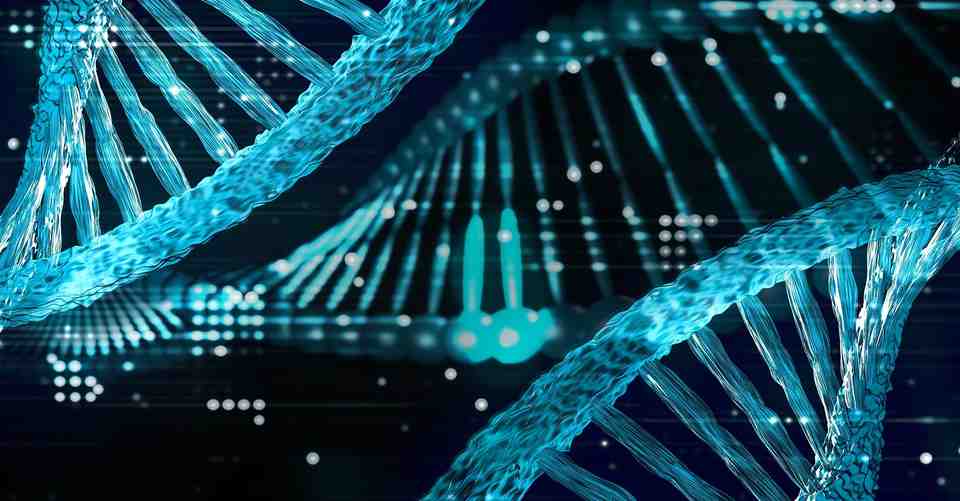

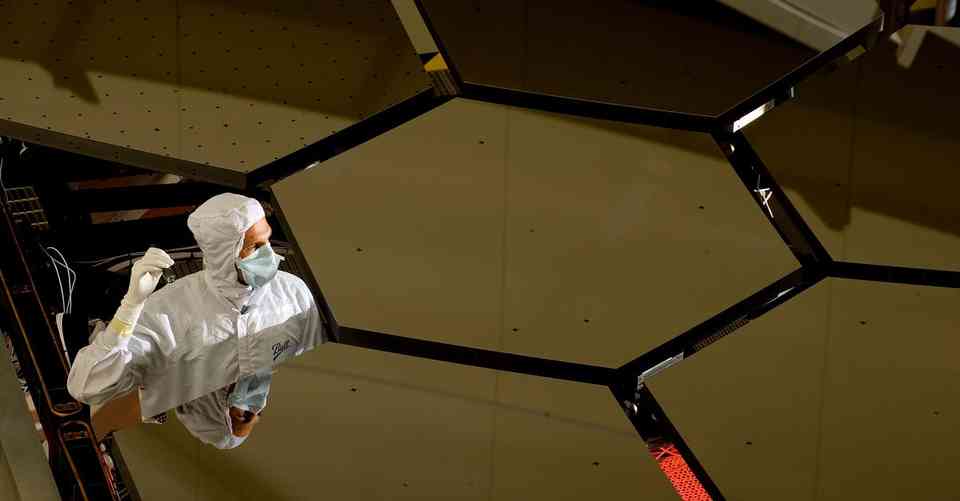

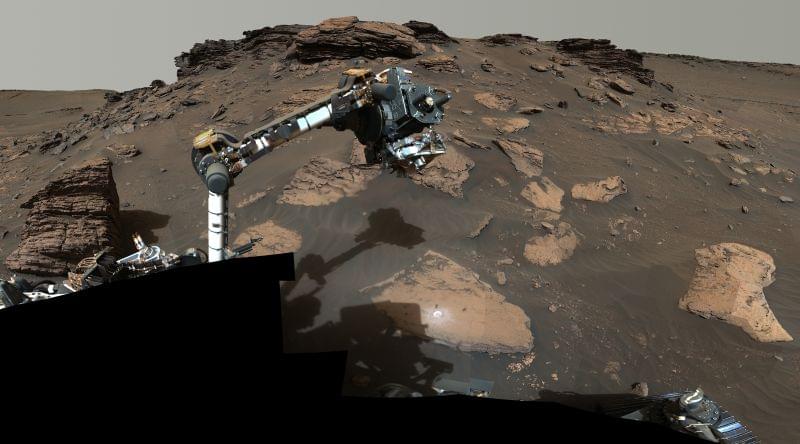
Investigating the site of an ancient river delta, the Perseverance rover has collected some of the most important samples yet on its mission to determine if life ever existed on Mars, according to NASA scientists.
A few of the recently collected samples include organic matter, indicating that Jezero Crater, which likely once held a lake and the delta that emptied into it, had potentially habitable environments 3.5 billion years ago.
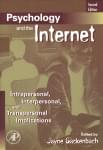
Circa 2007 face_with_colon_three
The World Wide Brain—a hybrid human–digital intelligent network, spanning the globe and carrying out information processing different in extent and nature from anything that has come before—is as yet little more than a dream and a little less than a reality. It is coming into being, bit by bit, each year. This process of emergence is, as all Net-aholics know, a wonder to behold, and growing more wondrous all the time. This is an exploration in which human psychology and sociology interact in a fascinating way, with the psychology of an emerging, nonhuman organism. It is an exploration in which mundane technical issues such as groupware and server–server communication software rub up against concepts from transpersonal psychology, such as the Collective Unconscious and the Hierarchy of Being. It is, therefore, an exploration that not only transcends disciplinary boundaries but pushes the boundaries of human thought itself. The increasing integration of human activity with World Wide Brain operations may ultimately occur via body-modifying or body-obsolescing technologies a la Moravec, or it may occur without them, through the advent of more sophisticated noninvasive interfaces. One way or another, it will fuse the global Web.
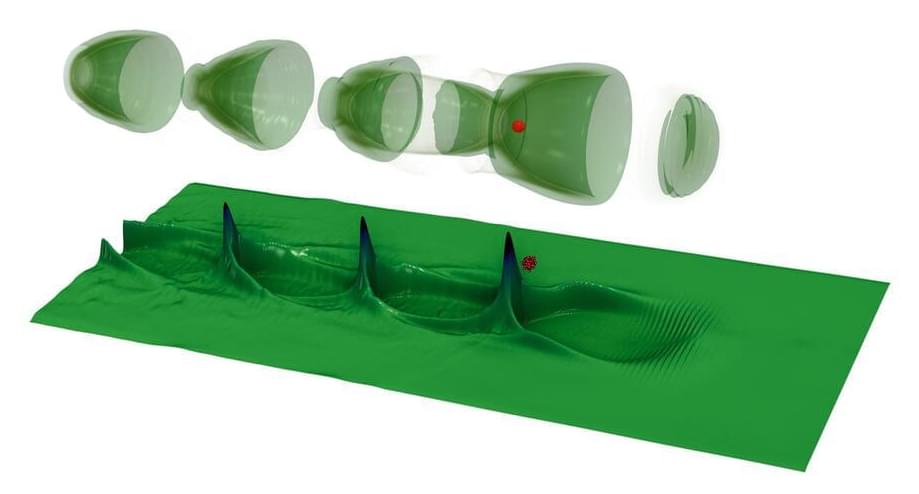
Over the past few decades, physicists and engineers have been trying to create increasingly compact laser-plasma accelerators, a technology to study matter and particle interactions produced by interactions between ultrafast laser beams and plasma. These systems are a promising alternative to existing large-scale machines based on radio-frequency signals, as they can be far more efficient in accelerating charged particles.
While laser-plasma accelerators are not yet widely employed, several studies have highlighted their value and potential. To optimize the quality of the accelerated laser beam produced by these devices, however, researchers will need to be able to monitor several ultra-fast physical processes in real-time.
Researchers at the Weizmann Institute of Science (WIS) in Israel have recently devised a method to directly observe laser-driven and nonlinear relativistic plasma waves in real-time. Using this method, introduced in a paper published in Nature Physics, they were able to characterize nonlinear plasma at incredibly high temporal and spatial resolutions.
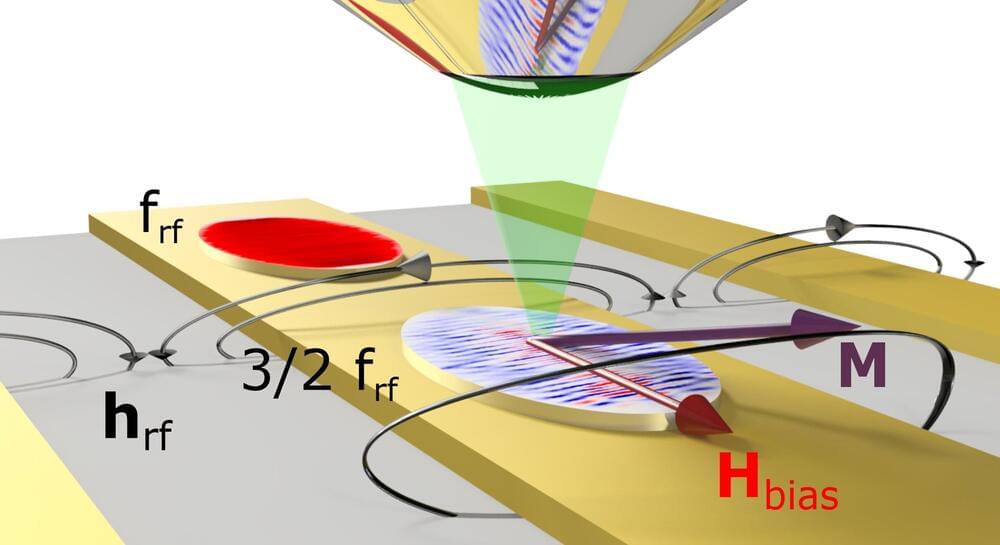
Strong alternating magnetic fields can be used to generate a new type of spin wave that was previously just theoretically predicted. This was achieved for the first time by a team of physicists from Martin Luther University Halle-Wittenberg (MLU). They report on their work in Nature Communications and provide the first microscopic images of these spin waves.
The basic idea of spintronics is to use a special property of electrons—spin—for various electronic applications such as data and information technology. The spin is the intrinsic angular momentum of electrons that produces a magnetic moment. Coupling these magnetic moments creates the magnetism that could ultimately be used in information processing. When these coupled magnetic moments are locally excited by a magnetic field pulse, this dynamic can spread like waves throughout the material. These are referred to as spin waves or magnons.
A special type of those waves is at the heart of the work of the physicists from Halle. Normally, the non-linear excitation of magnons produces integers of the output frequency—1,000 megahertz becomes 2,000 or 3,000, for example.
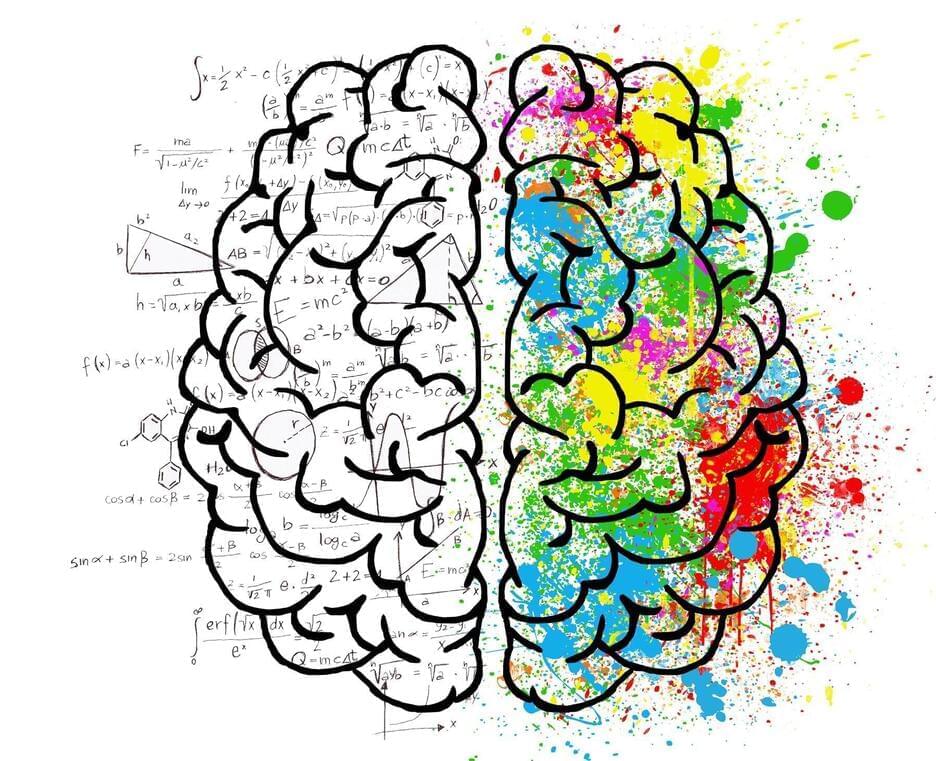
At first glance, the human body looks symmetrical: two arms, two legs, two eyes, two ears, even the nose and mouth appear to be mirrored on an imaginary axis dividing the faces of most people. And finally, the brain: it is divided into two halves that are roughly the same size, and the furrows and bulges also follow a similar pattern.
But the first impression is deceptive: the different brain regions have subtle yet functionally relevant differences between the left and right sides. The two hemispheres are specialized for different functions. Spatial attention, for example, is predominantly processed in the right hemisphere in most people, while language is largely processed in the left. This way, work can be distributed more effectively to both halves and thus the range of tasks is expanded overall.
But this so-called lateralization, the tendency for brain regions to process certain functions more in the left or right hemisphere, varies from person to person. And not only in the minority whose brains are specialized mirror-inverted compared to the majority. Even people with classically arranged brains differ in how pronounced their asymmetry is.
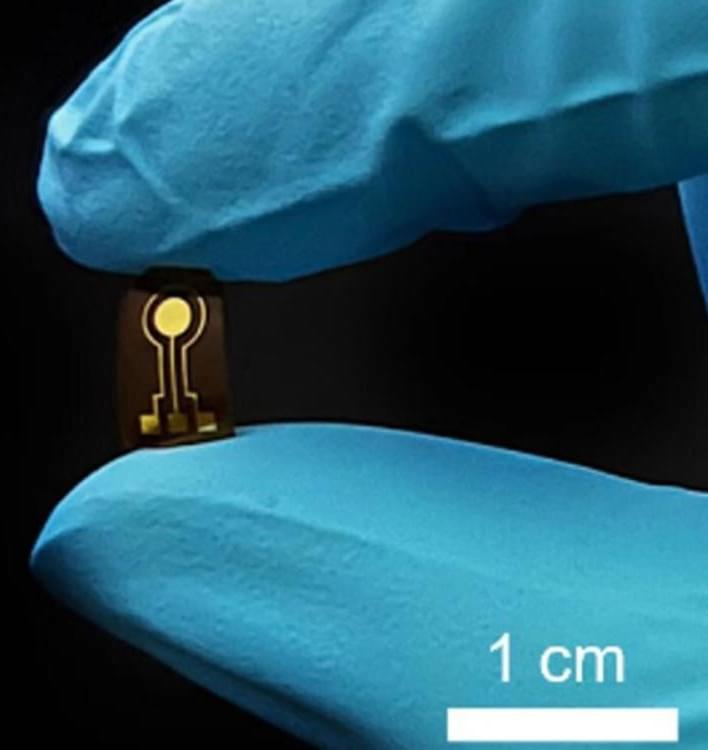
If smoke indicates a fire, nitric oxide signals inflammation. The chemical mediator promotes inflammation, but researchers suspect it can do its job too well after anterior cruciate ligament (ACL) ruptures and related injuries and initiate early onset osteoarthritis. Typically, the degenerative disease is only diagnosed after progressive symptoms, but it potentially could be identified much earlier through nitric oxide monitoring, according to Huanyu “Larry” Cheng, James E. Henderson Jr. Memorial Associate Professor of Engineering Science and Mechanics at Penn State.
Cheng and his student, Shangbin Liu, who earned a master’s degree in engineering science and mechanics at Penn State this year, collaborated with researchers based in China to develop a flexible biosensor capable of continuous and wireless nitric oxide detection in rabbits. They published their approach in the Proceedings of the National Academy of Sciences.
“Real-time assessment of biomarkers associated with inflammation, such as nitric oxide in the joint cavity, could indicate pathological evolution at the initial development of osteoarthritis, providing essential information to optimize therapies following traumatic knee injury,” Cheng said.
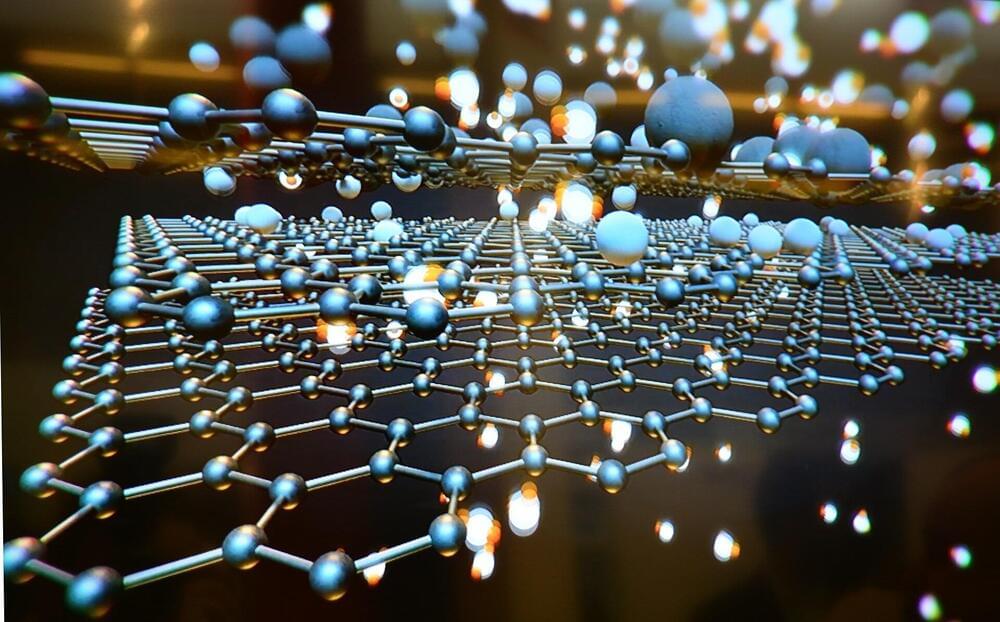
U.S. and European physicists have demonstrated a new method for predicting whether metallic compounds are likely to host topological states that arise from strong electron interactions.
Physicists from Rice University, leading the research and collaborating with physicists from Stony Brook University, Austria’s Vienna University of Technology (TU Wien), Los Alamos National Laboratory, Spain’s Donostia International Physics Center and Germany’s Max Planck Institute for Chemical Physics of Solids, unveiled their new design principle in a study published online today in Nature Physics.
The team includes scientists at Rice, TU Wien and Los Alamos who discovered the first strongly correlated topological semimetal in 2017. That system and others the new design principle seeks to identify are broadly sought by the quantum computing industry because topological states have immutable features that cannot be erased or lost to quantum decoherence.